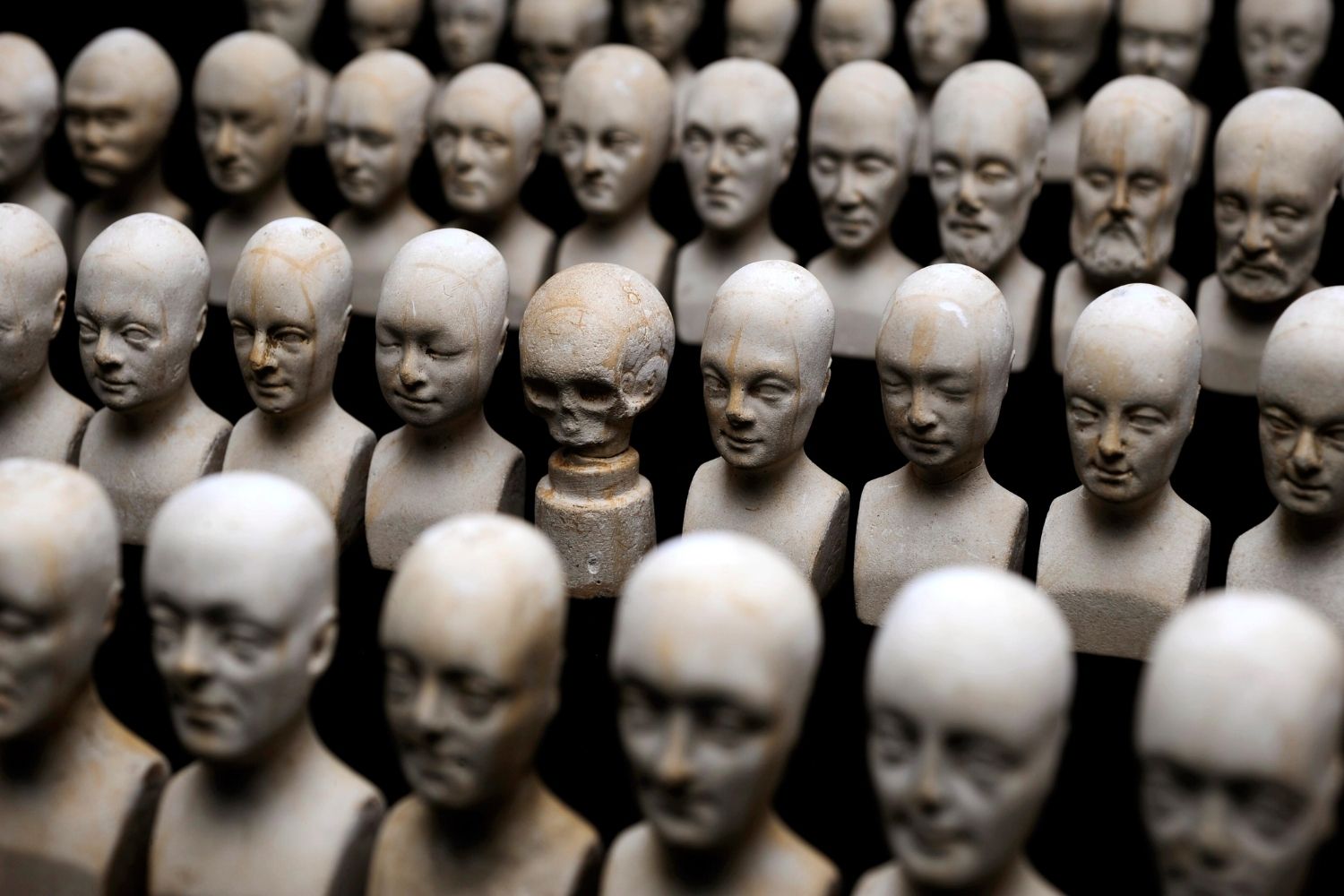
What is phrenology? Phrenology is a pseudoscience that claims to determine personality traits, intelligence, and mental abilities by examining the shape and size of the skull. Developed in the early 19th century by Franz Joseph Gall, this practice was once considered a legitimate scientific field. Phrenologists believed that different brain areas corresponded to specific character traits and that these could be "read" by feeling bumps on the skull. Despite being debunked, phrenology influenced early psychology and neuroscience. Curious about the quirks and controversies of this outdated science? Let's dive into 28 intriguing facts about phrenology that will surprise and educate you.
What is Phrenology?
Phrenology, a pseudoscience from the 19th century, claimed that the shape and size of the skull could reveal a person's character and mental abilities. It was popularized by Franz Joseph Gall, a German physician. Despite being debunked, it left a lasting impact on psychology and neuroscience.
- Phrenology was founded by Franz Joseph Gall in the late 18th century.
- Gall believed the brain was the organ of the mind, and different parts of the brain were responsible for different traits.
- Phrenologists thought the skull's surface reflected the brain's shape, which could be "read" to determine personality.
- The term "phrenology" comes from the Greek words "phren," meaning mind, and "logos," meaning study.
- Phrenology was initially called "cranioscopy."
How Phrenology Was Practiced
Phrenologists used various methods to "read" the skull and interpret its bumps and indentations. They believed these physical features correlated with specific mental faculties.
- Phrenologists used their hands to feel the skull for bumps and indentations.
- They created detailed maps of the skull, dividing it into regions associated with different traits.
- Phrenology charts often included 27 to 35 areas, each linked to a specific characteristic.
- Practitioners used calipers and measuring tapes to take precise measurements of the skull.
- Phrenology readings were sometimes used to make decisions about hiring, marriage, and education.
The Rise and Fall of Phrenology
Phrenology gained popularity in the 19th century but eventually fell out of favor as scientific understanding of the brain advanced.
- Phrenology became popular in Europe and the United States during the 1820s and 1830s.
- It was often practiced in parlors and at fairs, where people paid for readings.
- Some early psychologists, like William James, were initially intrigued by phrenology.
- Critics argued that phrenology lacked scientific rigor and was based on anecdotal evidence.
- Advances in neuroscience and psychology in the late 19th and early 20th centuries discredited phrenology.
Phrenology's Impact on Modern Science
Despite being debunked, phrenology influenced the development of modern neuroscience and psychology in several ways.
- Phrenology helped popularize the idea that different parts of the brain have specific functions.
- It contributed to the development of localization of brain function, a key concept in neuroscience.
- Some phrenologists conducted early research on brain injuries and their effects on behavior.
- Phrenology's emphasis on observation and measurement influenced later scientific methods.
- The pseudoscience spurred interest in studying the brain and its connection to behavior.
Controversies and Ethical Issues
Phrenology was not without its controversies and ethical issues, particularly regarding its use in justifying social and racial hierarchies.
- Phrenologists sometimes used their findings to support racist and sexist beliefs.
- They claimed that certain races had superior or inferior mental faculties based on skull shape.
- Phrenology was used to justify the mistreatment and oppression of marginalized groups.
- Critics argued that phrenology reinforced harmful stereotypes and social inequalities.
- The pseudoscience was eventually rejected by the scientific community due to its lack of empirical evidence.
Phrenology in Popular Culture
Phrenology has appeared in various forms of popular culture, reflecting its historical significance and ongoing fascination.
- Phrenology was featured in literature, such as in the works of Edgar Allan Poe and Herman Melville.
- It has been depicted in films and television shows, often as a symbol of outdated science.
- Modern references to phrenology can be found in music, art, and even fashion, highlighting its enduring cultural impact.
Phrenology's Legacy
Phrenology, once a popular pseudoscience, has left a lasting mark on history. Despite being debunked, it sparked interest in understanding the brain's functions. Phrenologists believed that the shape of the skull could reveal personality traits, which led to some bizarre conclusions. However, this field did contribute to early neuroscience by encouraging the study of localized brain functions.
Today, phrenology serves as a cautionary tale about the importance of scientific rigor. It reminds us that scientific theories must be tested and validated. While phrenology itself is no longer considered credible, its influence can be seen in the development of modern psychology and neuroscience.
Understanding phrenology's history helps us appreciate the progress made in brain science. It also underscores the need for critical thinking and skepticism in evaluating scientific claims. So, while phrenology may be a relic of the past, its lessons remain relevant.
Was this page helpful?
Our commitment to delivering trustworthy and engaging content is at the heart of what we do. Each fact on our site is contributed by real users like you, bringing a wealth of diverse insights and information. To ensure the highest standards of accuracy and reliability, our dedicated editors meticulously review each submission. This process guarantees that the facts we share are not only fascinating but also credible. Trust in our commitment to quality and authenticity as you explore and learn with us.
